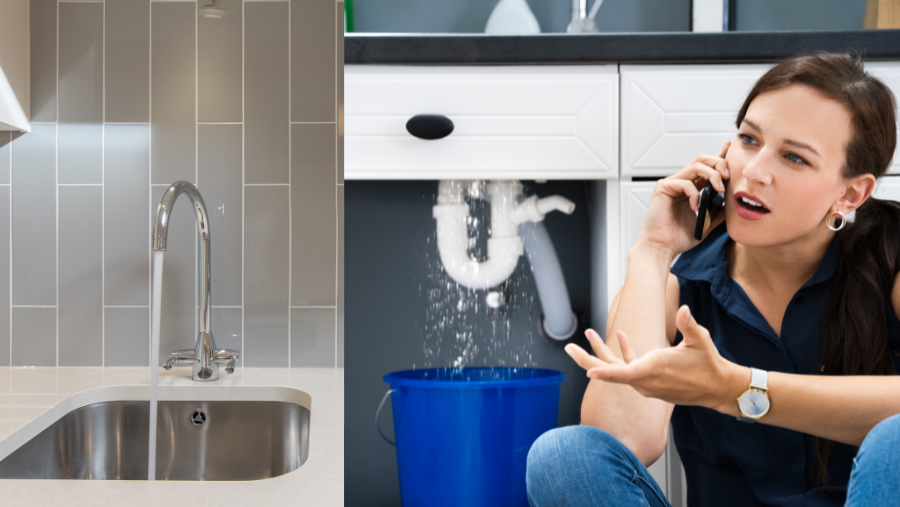Just how to avoid a Water Damaged Bathroom
Just how to avoid a Water Damaged Bathroom
Blog Article
Are you currently trying to find help concerning How to Prevent Bathroom Water Damage?

The shower room is very at risk for damp accumulation as well as possible water damages due to the constant use of water in it. This post supplies easy inspection techniques to aid discovering water damages risks.
The constant use of water in the washroom makes it incredibly at risk for damp buildup and prospective water damages. By inspecting it on a regular basis, you can reduce water associated problems.
The following collection of inspections is easy to carry out as well as should be done as soon as in every three months in order to maintain your shower room in good shape and also to prevent possible water damages brought on by the bathtub, the shower, pipeline joints and plumbing, sinks, cupboards, as well as the bathroom
Do not neglect executing these evaluations and be complete while executing them. Bear in mind that these simple examinations can save you a great deal of cash by supplying early indicators for water damage
Tub and Shower
The shower as well as tub call for special focus and upkeep. Examine the floor tiles and change if broken. Ensure that there is no missing out on grout in between the ceramic tiles. Examine and also change fractured caulking at joints where the walls fulfill the flooring or the bathtub. Clogged drains pipes as well as pipelines issues will stop the tub from drying and also may show severe problems under the tub. Speak with an expert instantly to prevent architectural damage. Take notice of discolorations or soft locations around the bathtub wall surfaces as they may show an interior leakage.
Plumbing
Signs for water damage are tough to spot given that a lot of pipes are mounted inside the wall surfaces.
Pay special focus to flooring and wall surfaces moisture and also spots as they might suggest an unnoticeable plumbing problem. Inspect moisture degrees in adjoining areas also.
Sinks and Cabinets
Sinks and also cabinets are revealed to wetness and moisture daily as well as are frequently forgotten. Examine regularly under the sink as well as on the kitchen counter above it. Fix any drip in the trap as it might suggest drainpipe problems. Check out the sink, sluggish draining pipelines may suggest a blocked drainpipe. Change sink seals if they are broken or loosened.
The Toilet
The bathroom is a prone water junction. Check the water lines as well as search for leakages around the toilet seat, in the tube, as well as under the water container. If you discover any indicators of moisture on the floor around the commode, check for leakages in the toilet rim as well as tank seals.
Know that hanging toilet dish deodorants boosts the chances for blockages.
Water Damage Signs In The Bathroom To Avoid Cleanup
Musty smell
This is one of the easiest signs to catch because musty smells are so odorous. The damp, earthy, moldy smell should be a big red flag. The smell will develop when moisture gets trapped in surfaces, and begins to facilitate mold growth. Leaking pipes under cabinets, inside walls, and behind shower fixtures will cause moisture to stay trapped and not dry, which will lead to mold growth and spread. As soon as you notice any musty smells in your bathroom, have it checked for hidden water damage and cleanup signs.
Visible mold
If the smell isn’t there to give it away, sometimes you will actually see mold growth. Finding mold in your bathroom is a serious problem, because mold is very harmful to your health. By the time mold growth is visible, it also means that water damage has already occurred and been present for some time. The only way the mold problem can be resolved is to find the source of the moisture and get it stopped. To safely and adequately remove mold, you need to have professionals handle the remediation. Do not waste any time in getting mold problems addressed, fixed, and sanitized so that you can protect you and your family from the many respiratory symptoms caused by mold exposure.
Damaged floors
Bathroom floors should be able to withstand some exposure to water while still remaining in good condition. However, when excess exposure or water leaks occur, they will begin to damage even the most water-resistant flooring. If you notice any cracking, bubbling, staining, or warping on your bathroom floors, there is probably a water leak somewhere causing the distortion. If you notice areas of the floor have become softer, or even have a spongy feeling, there is probably damage to the subfloor. Subflooring is typically made up of plywood. When plywood is exposed to water or moisture, it will absorb it. Once it has become saturated, the weight of the excess water will cause the wood to swell and soften. Check the floors in your bathroom frequently to catch any of these sings before they lead to damaged subflooring.
Changes on walls
When water leaks behind walls, it will cause changes in the drywall. Peeling plaster, blistering paint, and soggy wallpaper are all good indicators that excess water is building up behind the wall. Water leaking behind drywall will cause it to swell and be soft to the tough. If you start to notice gaps along the trim of your walls, or where tile meets the wall, it could also be a strong indicator that there is a leak behind the wall. Any changes, distortion, or damage on the walls should be evaluated as soon as you notice it to prevent further water damage and cleanup.

I was shown that article about Looking for Signs of Water Damage in the Bathroom through someone on a different blog. Sharing is nice. Helping others is fun. Thanks a lot for going through it.
Estimate Free Report this page